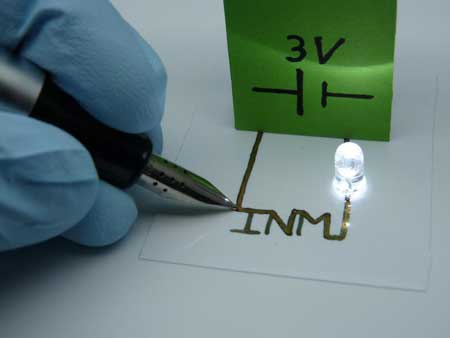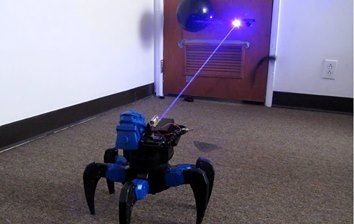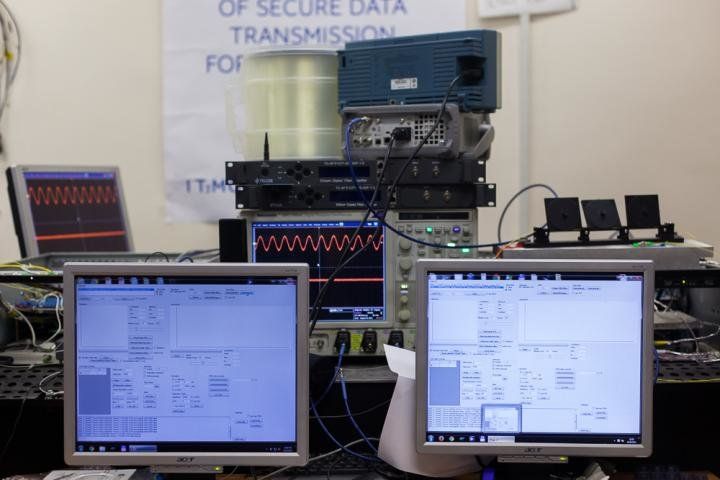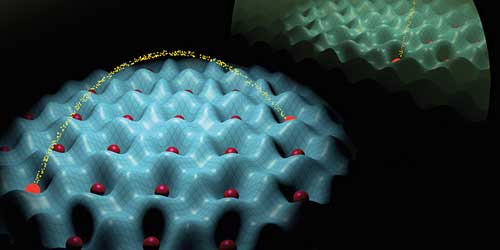Apr 12, 2016
How the brain produces consciousness in ‘time slices’
Posted by Karen Hurst in categories: biological, neuroscience
EPFL scientists propose a new way of understanding of how the brain processes unconscious information into our consciousness. According to the model, consciousness arises only in time intervals of up to 400 milliseconds, with gaps of unconsciousness in between.
The driver ahead suddenly stops, and you find yourself stomping on your breaks before you even realize what is going on. We would call this a reflex, but the underlying reality is much more complex, forming a debate that goes back centuries: Is consciousness a constant, uninterrupted stream or a series of discrete bits — like the 24 frames-per-second of a movie reel? Scientists from EPFL and the universities of Ulm and Zurich, now put forward a new model of how the brain processes unconscious information, suggesting that consciousness arises only in intervals up to 400 milliseconds, with no consciousness in between. The work is published in PLOS Biology.
Continuous or discrete?
Continue reading “How the brain produces consciousness in ‘time slices’” »
















